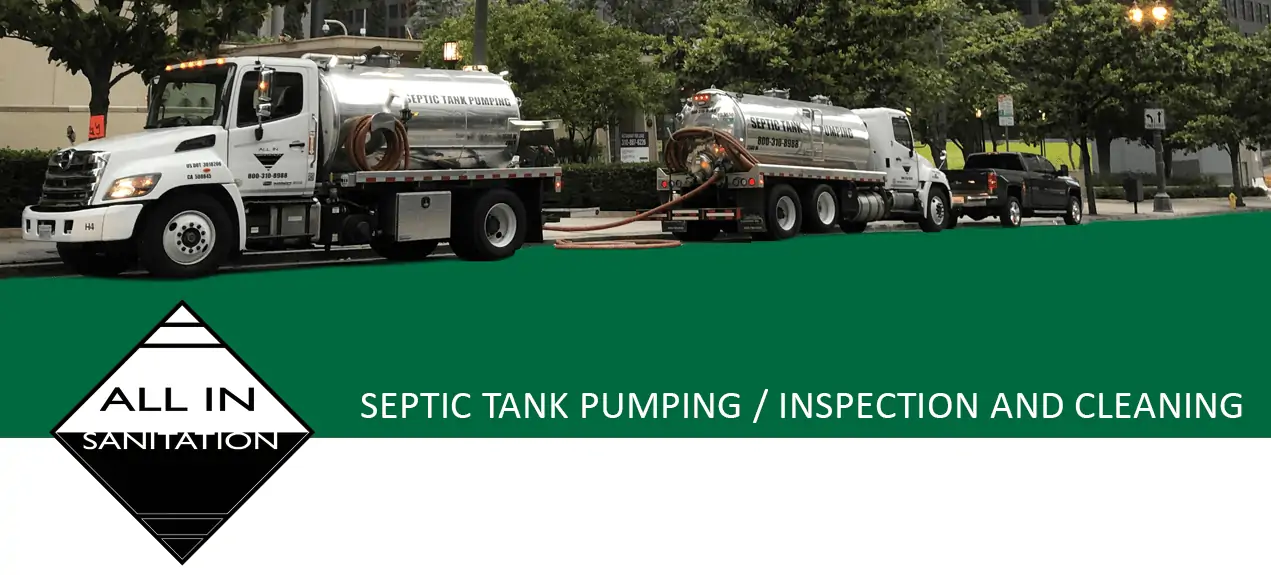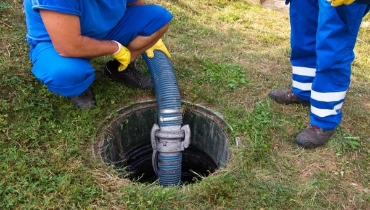Stillwell Septic And Grading Things To Know Before You Buy
Stillwell Septic And Grading Things To Know Before You Buy
Blog Article
The Best Guide To Stillwell Septic And Grading
Table of ContentsTop Guidelines Of Stillwell Septic And GradingThe Ultimate Guide To Stillwell Septic And GradingExamine This Report about Stillwell Septic And GradingFacts About Stillwell Septic And Grading UncoveredThe 10-Second Trick For Stillwell Septic And GradingSome Known Details About Stillwell Septic And Grading Getting My Stillwell Septic And Grading To Work

Property owners must additionally inform themselves on the basics of septic systems to guarantee they make educated decisions throughout the installment process - Stillwell Septic. Septic tanks are a crucial part of several homes that are not attached to a municipal drain system. They are created to deal with and dispose of household wastewater on-site
The septic system is a huge, underground container made of concrete, fiberglass, or plastic. It receives all the wastewater from the home, including water from sinks, commodes, showers, and cleaning devices. The tank divides the strong waste from the liquid waste. The strong waste resolves to the base of the tank, while the fluid waste, or effluent, climbs to the top.
5 Simple Techniques For Stillwell Septic And Grading
It is additionally crucial to conserve water and stay clear of straining the system. Simple steps such as dealing with leaking faucets and toilets, installing low-flow showerheads and commodes, and spreading out washing tons can aid reduce water usage and prolong the life of the septic system.
The topography of the site is also examined to make certain that the septic tank is mounted at the right elevation. https://www.twitch.tv/stillwellsag/about. The system should be set up at a higher elevation than the surrounding area to avoid contamination of the surrounding setting. Troubles are the minimal ranges called for by law in between the septic system and other structures or features such as wells, buildings, and residential property lines
The elevations will certainly ensure that the septic system works effectively, and wastewater is successfully treated. It guarantees that the septic system is installed in the most ideal location, taking right into consideration the soil, topography, and troubles.
Excitement About Stillwell Septic And Grading
Before setting up a septic storage tank, home owners need to acquire permits and abide with laws. Some of the authorizations and laws that property owners require to consider include:: Home owners need to get a permit from the local health division or structure department before mounting a septic system.
As an example, some municipalities might need a minimal whole lot size for septic system installation.: Home owners require to adhere to environmental policies when setting up a septic tank. Some states may require an ecological influence assessment before mounting a septic system.: Homeowners need to comply with construction laws when setting up a septic system.
The 8-Minute Rule for Stillwell Septic And Grading
Some municipalities may call for routine inspections and pumping of the septic container. It is important for home owners to get permits and conform with guidelines prior to installing a septic system.
One of the most important factors to take into consideration when selecting a sewage-disposal tank is the dimension. A septic storage tank that is as well little for the home's demands will certainly need more regular pumping, while a tank that is also huge can result in extreme water accumulation and possible system failure. A basic guideline is that the tank should be able to hold at least two days' well worth of wastewater.
The Greatest Guide To Stillwell Septic And Grading

It's also important to think about the kind of system the septic tank will certainly be used with. There are two major types of septic systems: gravity and pressure.
Little Known Facts About Stillwell Septic And Grading.
Generally, picking the appropriate septic container for a home is a vital decision that calls for mindful consideration. Before setting up a septic tank, home owners need to take particular actions to prepare for the setup process.
Below are some essential safety steps to adhere to: Use safety equipment: House owners should put on safety gear, such as handwear covers, boots, and helmets, to avoid injury during the setup procedure. Prevent electric lines: Property owners have to avoid digging near electrical lines to avoid electrocution. Use caution when running heavy machinery: House owners need to use care when running heavy equipment to stop mishaps and injuries.
Stillwell Septic And Grading Fundamentals Explained
By adhering to these important steps, house owners can make certain a successful septic important site container installation process. Sewage-disposal tank installment is an important process that needs cautious planning and execution. Home owners who are setting up a septic system for the initial time should know the vital actions associated with the procedure to make certain that their septic tank operates successfully and properly.

Report this page